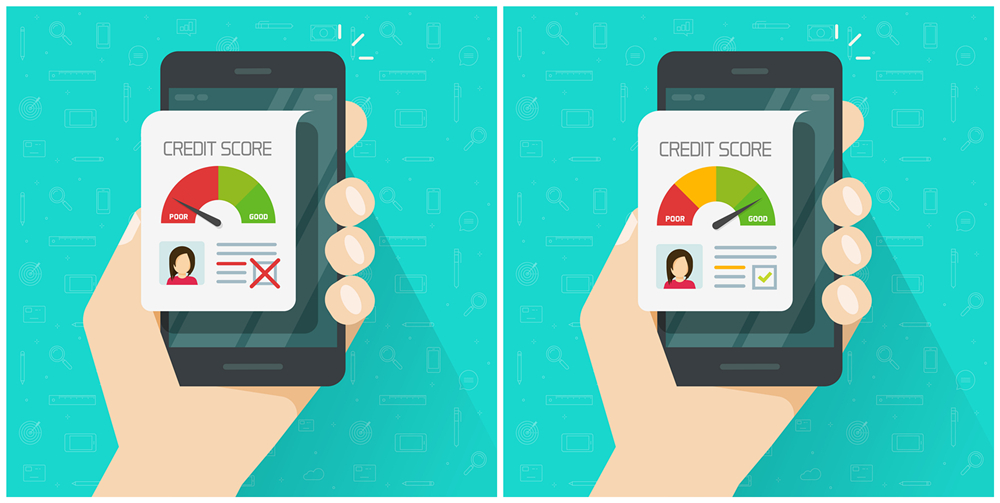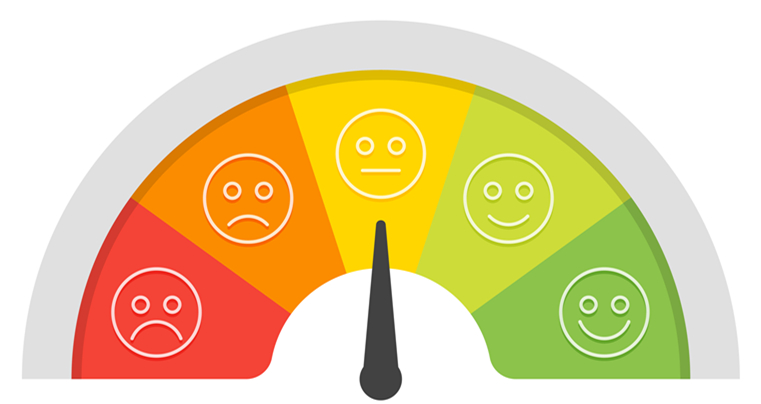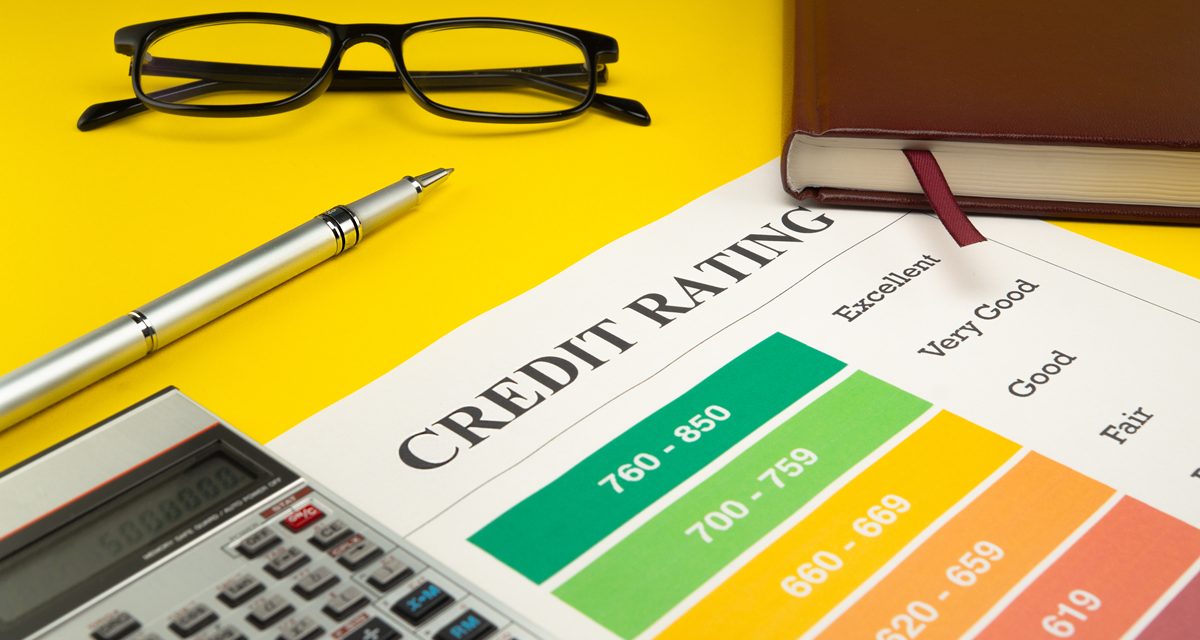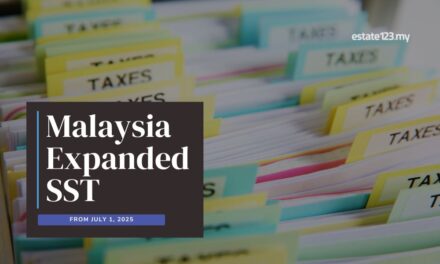(Source: CTOS)
Having a credit report is one of the most important indicators of financial health. Managing debt well and being a good paymaster goes hand in hand after all. A credit report is important especially when it comes to obtaining housing loans, car loans, personal loans, business loans, and more. However, just like many other financial matters we hear about more often than we deal with, there can be plenty of misconceptions, hearsay, and straight up myths about credit reporting. To shed some light on this topic, it would be good to debunk some common, persistent misconceptions about your credit report.
1. Having a credit report is a bad thing
This is one of the most popular misconception out there. To gain a better understanding on what shows up as ‘good’ or ‘bad’ in your report, it’s important to first know what information your credit report contains. The full report will contain these and more: identity verification particulars, directorship and business interests, litigation and legal information, banking payment history (CCRIS summary, details and derivatives), address records and trade reference details.
For example, if an individual is being sued, this information would show up in the credit report but for a person who has no legal proceeding against him or her, this section of the credit report would be ‘clean’ or blank.
In fact, many records on your credit report can work in your favour (such as your credit card repayment pattern), as these show that you have a credit history and have been approved by banks or lenders for credit facilities. By ensuring good and responsible payment behavior, records on your credit report can continue to benefit you by proving you’re a good paymaster.
2. Settling old debts immediately removes them from the credit report
Paying off your old debts can improve your credit health significantly. However, that doesn’t mean that the old record of it will be erased immediately. Bank Negara Malaysia’s (BNM) CCRIS records maintain 12 months of payment history to see your repayment behavior trend. For instance, if you’ve missed a few consecutive credit card repayments, these will show up in your credit report, flagged in red. However, if you start settling the monthly payments for the same credit card on time every month, the missed payment records will gradually clear out of the report. Generally, it takes a minimum of 6 months of consistent repayment behavior for your credit score (and therefore, credit standing) to improve.
3. Nothing can be done about bad credit/low credit scores
A low credit score is not a permanent situation. Obtain your full credit report with your credit score, which will give you a clear idea of how your creditworthiness stands. Start by settling any missed payments from the past, then maintaining good payment behavior by paying your credit obligations on time consistently. Only apply for the amount of credit that you really need and can afford to repay comfortably on a monthly basis, without having to struggle to make ends meet. Doing this steadily will improve your credit score and credit report over time.

4. Credit reporting agencies can “blacklist” you
Credit Reporting Agencies (CRAs) are regulated by the government and do not blacklist anyone. Registered CRAs merely collect and compile data available from legitimate public sources, such as newspapers (legal proceedings, bankruptcy notices and litigation records) and authorised government agencies. Banks and lenders use the information in credit reports as a guide to determine a customer’s creditworthiness. Banks and lenders have their own set of internal policies when it comes to making decisions about extending credit and loan approval. An application rejected by one may be acceptable to another, depending on the risk appetite of the bank or lender.
5. It’s expensive and troublesome to generate a credit report
Obtaining your credit report is more easy and affordable than you may think. The price you pay to get your full credit report with credit score is a small one, especially once you factor in the hassle, time, hidden costs and effort you save in trying to collect the same amount of information from various different sources. Individuals can get their full MyCTOS Score report through websites like CTOS and CCRIS, or get your CCRIS report by simply going to Bank Negara Malaysia with your MyKad and other supporting documents. Credit scores ranges between 300 (lowest) and 850 (highest). The higher the score, the lower the credit risk.






